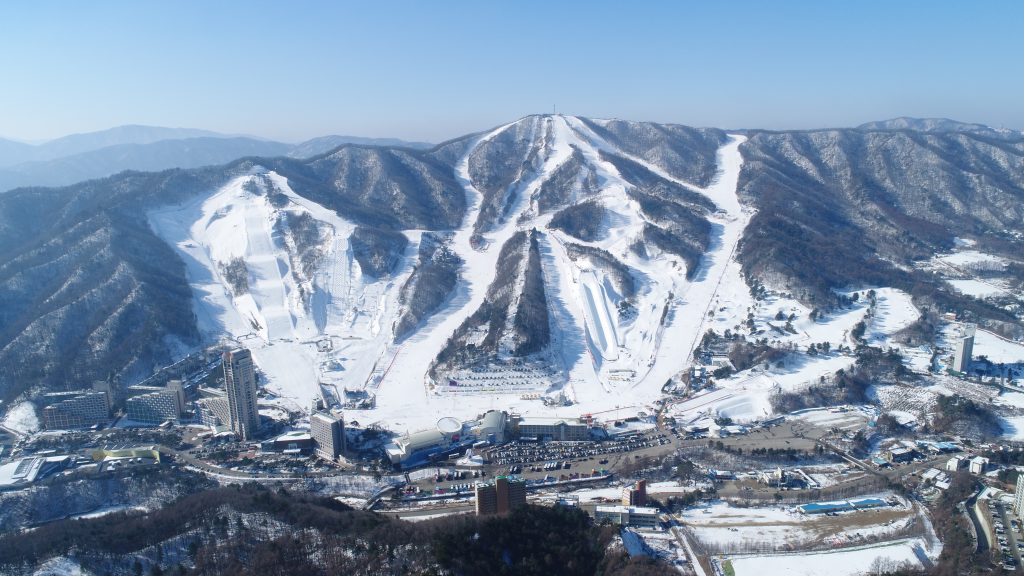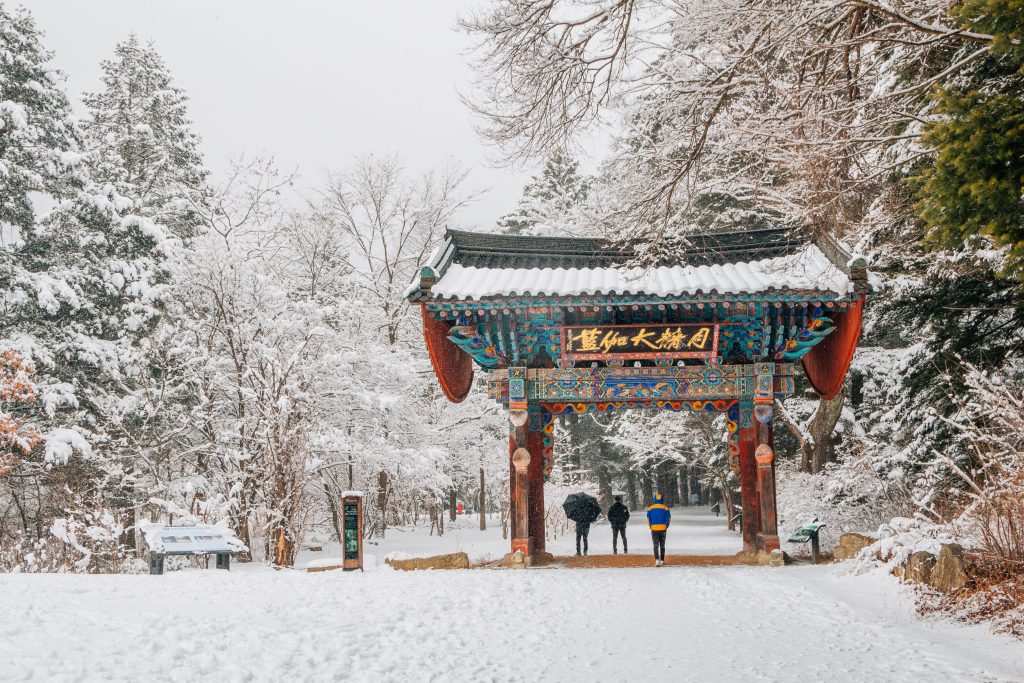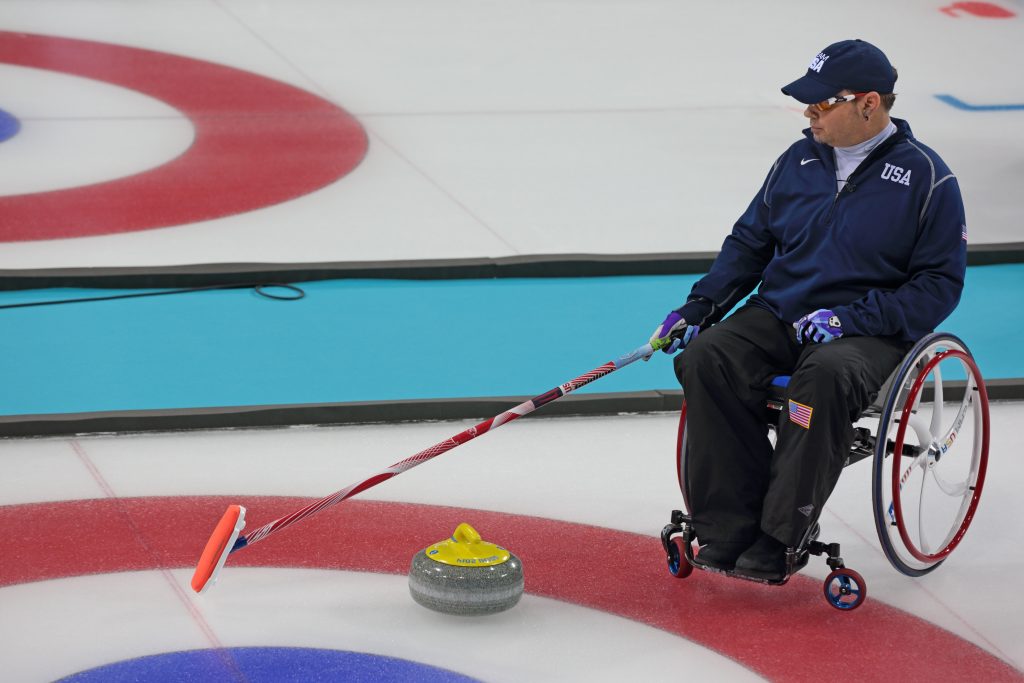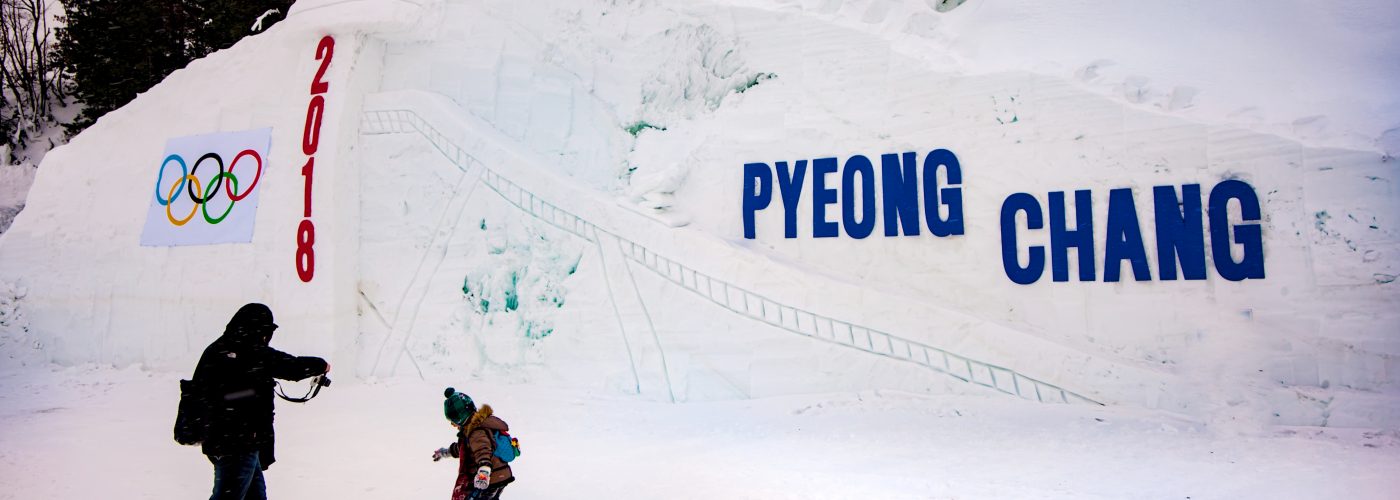Considering a trip at Pyeongchang, South Korea to the 2018 Winter Olympics? I recommend you do it. Not only are you seeing the best athletes in the world in their complete peaks, but you’ll also find yourself in the center of a global event with people from all over the world, and also all the eyes of the world watching. These factors come together to make the Olympics a very unique encounter. I worked at and appreciated the previous five Games, and count people occasionally excruciatingly long and hard days among the best adventures of my life.
Those ought to be heartened by information that North Korea has agreed this year to send athletes to the Winter Olympics. The Olympic Winter Games open on February 9 and close on February 25, although the Paralympic Games open March 8 and shut on March 18.
How to Get to the Winter Olympics at Pyeongchang
Most international travelers will fly into Seoul’s Incheon Airport. To adapt these folks, a high-speed rail was constructed to connect the funds to the main Olympic venues in roughly 90 minutes. Fares from Los Angeles to Incheon are only about $800 at present with a stop at Hong Kong, and that I watched a nonstop from New York JFK for $987–not poor at all to move halfway across the world.
If you’re still researching airfares, other gateway options include airports in Yangyang and Wonju.
U.S. citizens do not require a visa, only a valid passport. For citizens of other countries, check with your authorities for info.
Pyeongchang 2018 Venues

There are 3 main venues for your Winter Olympics.
Pyeongchang Mountain Cluster will be home to the biathlon, cross-country ski, ski jumping, sliding sports (bobsled, luge, skeleton), the snow park (freestyle skiing and snowboarding), along with also the Jeongseon and Yongpyong Alpine Centers (alpine skiing).
Gangneung Coastal Cluster will host baseball, curling, figure skating, and speed skating.
Olympic Plaza and Stadium will host non-competition actions, including many medal ceremonies. Events are also broadcast on screens that are big here. The non-competition places are worth a trip if you want to get a feeling of the pure scene surrounding the Winter Olympics, as this is where a lot of it occurs. The big Olympic plazas include cultural events, displays, performances, and company installations with all kinds of things going on.
To get a list and maps, see Pyeongchang2018.com.
Getting Around the Winter Olympics
At present, the official site notes that personal transportation is going to be restricted in many regions of the host town and about the venues, but has yet to post details, noting that “more information will be accessible January 2018.”
However, the website very clearly states that “automobiles and other means of transportation by individuals will not be permitted to access around every single place,” and entire, unless you have some reliable information that drop-offs are potential, I recommend taking this badly. At the Rio Games I was in a taxi for a solid 45 minutes only trying to find a place where Games security would let me get out of the car and walk to the main media centre.
At present it appears that there’ll be a park-and-ride method of transportation overall; to get to these depots, public transportation or taxis will probably be your best option. Taxis price 2800 won as a base speed ($2.60 USD presently), another 200 won (19 cents) for every 152 meters, which comes to about two dollars per mile.
Even if utilizing official transport, you should also expect to perform (and leave time for) a few walking, particularly at outside places. You might get off a bus in a remote parking space, walk into the safety area, and then walk further into the dinning area. Even after you’re within the place, you may need to hoof it to a good spot.
Additionally, some outside venues have no official “seating” per se; in the Rio mountain biking place, for instance, you could climb all over the area to see unique features of the program, escape crowds, and locate interesting viewpoints.
Accessible seating is available in several places; you can find more information at the very bottom of this page.
Winter Olympics Tickets
At press time, tickets were readily available for virtually all sports at some stage throughout the two-week run. Even though this isn’t great news for the organizers, that put sales at roughly 64 percent of the goal at present, it is good news when you intend to attend.
For U.S. customers, all ticket sales are managed by CoSport. In different nations, see this guide to licensed ticket wholesalers by area and state.
Once the Games start, you can purchase tickets directly in the venues, in addition to at the Olympic Stadium and other comparable places.
Security
Security at any Olympic Games could be pretty rigorous, and given current global events it is a fair assumption that the 2018 Games will be as if not more strict than ever. Here are.
Don’t assume you are able to bring a bag to a place; official policies on matters such as this can be very much in flux once the Olympics get underway, so I recommend moving without if at all possible.
Even if you can bring a bag, bag hunts are always the greatest moment drain you will encounter when attending an event.
Scan for the “best” line as you approach the site; you can sometimes save some time by picking well.
You may occasionally see strong safety at site stores as well; be prepared.
Sightseeing Around Pyeongchang

Among the best ways to do some sightseeing without “missing” that the Olympics is just to buy tickets to the more remote places, then take in some areas when you are there. At many Olympics, outlying venues can be found in regions featuring excellent all-natural features and/or “routine” communities, and only by going you can go through the host nation more closely than you may think.
Otherwise, global travelers who fly into Seoul will choose to devote a couple of days at the beginning or end of their trip in the capital. Some other recommended attractions:
The DMZ, or Demilitarized Zone. Oddly enough, this narrow band of land between South and North Korea is a formidable tourist attraction, and not just due to its geopolitical significance. Largely untouched by humans for a while, it has also become a version of biodiversity. The DMZ is about half an hour from Pyeongchang, although it is probably easier to get there from Seoul.
The Woljeongsa Temple and Pyeongchang Hyanggyo, a restored Confucian school, are among the most popular local attractions.
For more visit Pyeongchang2018.com and Pc.Go.kr.
Mobile Apps
The 2018 Olympics mobile app can be found on iOS and Android, and although I’ve found Olympics programs not always to be ideal, overall I recommend them as they do are strong on the basics (locations, event times, results, etc.).
Especially, I have also used the official app to get help from locals; especially once you do not know the language, you can show them the app to get directions, direct a cab driver, find bus stops, be certain you are getting on the ideal bus, and other simple but crucial tasks.
More Tips and Information for Your Winter Olympics
Assess on ticket availability prior to making extensive plans; everything else you will likely have the ability to work out, however a high-value event is a serious roadblock. Tickets will likely wind up on StubHub and the like, but that’s a risky strategy.
Do not be afraid to go see sports you wouldn’t typically care for. Some of the most memorable experiences attending and working in the previous five Games have been while watching sports about which I knew little and thought I was not interested in.
If you’re planning to purchase souvenirs or gifts for people back home, you may want to do so early in your trip, as the top items tend to sell out fairly fast. This is especially the case if you would like something specific to your favourite sport.
Make a while to stop by the main Olympic Plaza and Stadium; it is sheer (and occasionally cheesy) spectacle, but it is all part of the fun.
Every venue and action I have ever seen in the Games has been very family-friendly, which means you need to feel comfortable bringing the youngsters. Safety lines and transportation are inclined to be the main challenges for youngsters, so come ready (my son bagged some genuinely unique Pokemon Move characters in Rio).
Do Not overlook the Paralympic Games

Although the Paralympic Games are smaller and get less focus, the events are equally as compelling, and in certain cases extraordinarily so. Furthermore, audiences are often much smaller, the overall cost reduced, and the hassle factor greatly reduced. Further, if you waited until now to plan a trip, you have an extra month to make it all happen, since the Paralympics don’t start until March 8. To learn more, see the official Paralympics site for Pyeongchang.
Don’t Miss: Top Tours in Pyeongchang

Pyeongchang Private Transportation to or from Seoul
From $450

Private Transportation Pyeongchang from and to Incheon Aiport
Out Of $575

Seoul Shopping Day Trip out of Pyeongchang
From $155
See more things to do in Pyeongchang >
